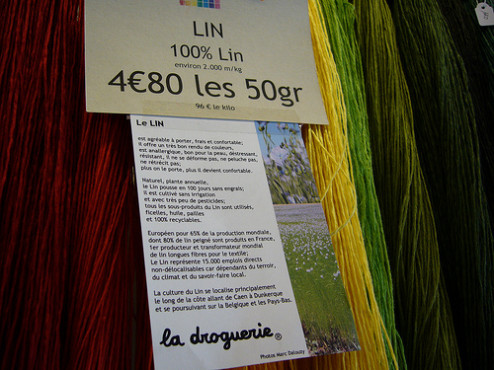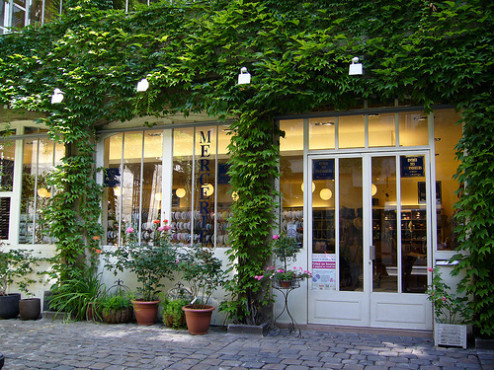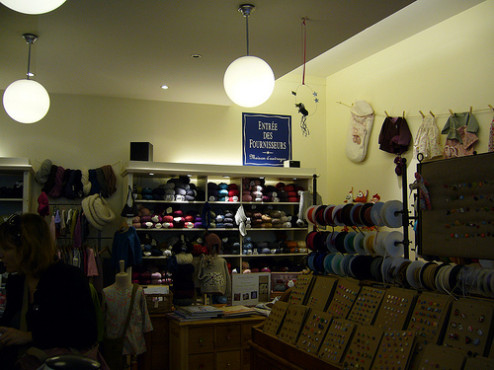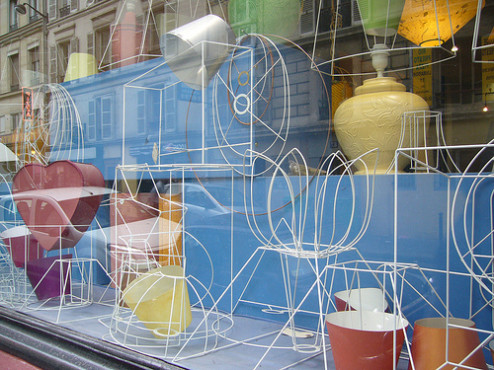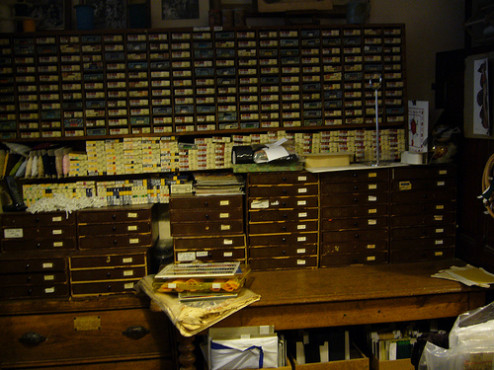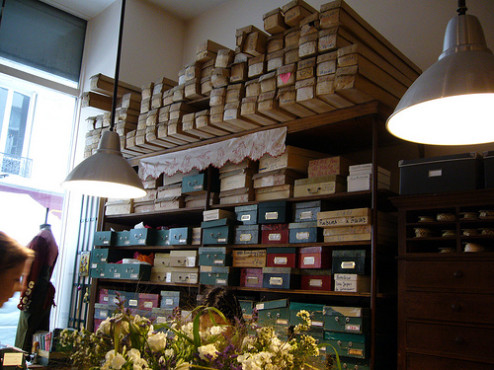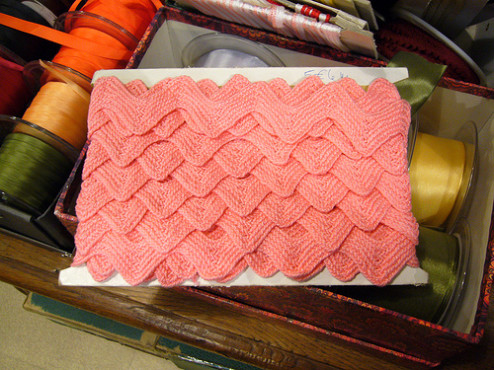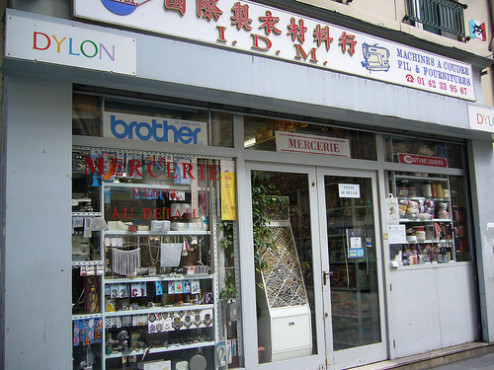
The best compliment Kristin and I have received about our cardigan design collaboration has been from Joy, aka The Knitting Goddess, who described it as not looking like a knitting pattern at all, instead like something that came from a cool boutique. It made us quite giddy and we can’t wait to see Joy’s version, knitted in her hand-dyed yarn, but let me backtrack a little and put this pattern in context.
Kristin Blom and I met via Instagram a few years back and our online friendship has morphed into a very real one. Since she lives in Uppsala and I live in London, this means travelling quite a distance to visit each other, but we’ve done it a number of times now. Meeting in person for the first time included all the same nervous feelings as going on a first date – what will they think of me, what will I think of them, will it spoil the lovely online relationship that has blossomed, will they smell?
We’d planned she would pick me up from the train station where my bus would arrive from the airport. We were diving straight in – I was going to spend the night! When we located each other, she talked ten to the dozen and I had a brief moment of thinking “oh gosh, oh no, what have I let myself in for?”, before realizing that that was probably her way of compensating for her own set of nerves in the situation. Who knows what weird behaviour I was displaying.
Our friendship had worked its way beyond Instagram when she offered to test knit my Archipelago hat design for me. I don’t much recall whether she caught any dire mistakes in my instructions. What I remember was her casually asking me at the end of the process whether I needed help laying out the pattern and turning it into a PDF. It was a little bit like the heaven’s had opened and a giant light shone out. I heard a little chorus of chipmunks or maybe rats singing. I remember thinking “how the hell did she know that?” I quickly said yes, please.
There’s a lot of work involved in making a pattern and it’s so nice to share that. Kristin is a communication designer, but importantly, alongside that, she is an ardent knitter. She and I made Penguin: a Knit Collection together. She was the one who made it possible, making it look good on paper and be a joy to knit from, aside from all the patterns she tested. I couldn’t have done it without her. We have spent hours and hours on the phone together, well, Skype actually, working through edits. Our own little work rhythm and system of interacting has developed and I think I am going to suffer from serious Kristin withdrawals now the book is done.
The Aptenodytes cardigan is a design collaboration between her and I. She cooked it up – the shape, the stitch and cool use of a loose tension. She turned up at my house with the first sample for a knit evening we’d organized to celebrate the fact that a bunch of international knitters were coincidentally in London at the same moment and we had to gather to knit together. We all tried it on and fell in love, regardless of the fact that a couple of us weren’t usually inclined to such flow-ey garments.
I was excited to be able to test knit her first big pattern. It felt like reciprocating for all the testing she does for me. Soon, to feel-out her reaction, I hinted it that the cardigan was quite penguinish (the rounded fronts that drape down like wings, the luxurious collar, the slimline sleeves…) I’d been worried I had penguins so firmly on the brain that I might be seeing them everywhere, even where they weren’t. When she agreed, I asked her if she’d have it in the book and she agreed to that too. I helped make it work as a pattern, adding the sleeve-and-back-into-shoulder construction and the grading for a good range of sizes.
Its drape-frontedness makes it flattering on a full range of body sizes. Because of the open style of this cardigan, we recommend erring towards a smaller rather than larger size, so the sleeves fit snuggly. It goes up to an XXL and I think it will look great on the big boobs I don’t have. The shaping also works particularly well for penguin mamas: whether pregnant or breastfeeding. Kristin was just pregnant when she started designing it and wanted something to wear that would see her through that time and well beyond: something that wasn’t maternity wear in any way, but did have that flexible fit. She’s made the cutest baby in the time we’ve made the book.
Sometimes row tension isn’t as important as stitch tension, but for this pattern it’s worth keeping a close eye on both, because the fronts are worked sideways and need to work with the vertically knitted sleeves, back and collar. Also the sleeves are knitted in the round and the body flat, which means it’s good to check how your tension differs between flat and circular knitting. Many knitters find their tension can change significantly. Mine does OK between circular and flat, unless I’m working magic loop and then it diverges quite dramatically. If this is the case for you, make sure to check your tension carefully between sleeves and body and adjust your needle size accordingly. This may mean you need an additional needle in a different size.
On the subject of needles, if you are choosing ones specifically for this project, I would chose ones with nice pointy tips, such as Addi Lace or Chiaogoo. A nice pointy tip makes it easier to insert the needle into 4 stitches at once, which you will need to do for the daisy stitch. The engaging stitch pattern alternates rows of daisy stitch with eyelets and purl feature rows on a base of stocking stitch. The stitch pattern is written and charted and is nice and easy to remember and see where you are.
Have fun picking the yarn. There’s a lot of flexibility. I’ve used a single colour of Navia Duo in the book, which is a 4ply/Sport weight, knitted on larger needles to get a heavy DK/worsted tension with drape. You want to look for a yarn that indicates 22-23 sts to 10cm on the label and adjust your needle size to obtain the Aptenodytes tension which is 19 sts and 26 rows = 10cm / 4” over stocking stitch on 5mm (or whatever needle size you find you need). Generally this means you will knit on larger needles to achieve fewer stitches than specified on the ball band. Alternatively, use a DK weight yarn if you want a warmer, more densely knit garment. Navia Trio would work great and both are available from The Island Wool Company.
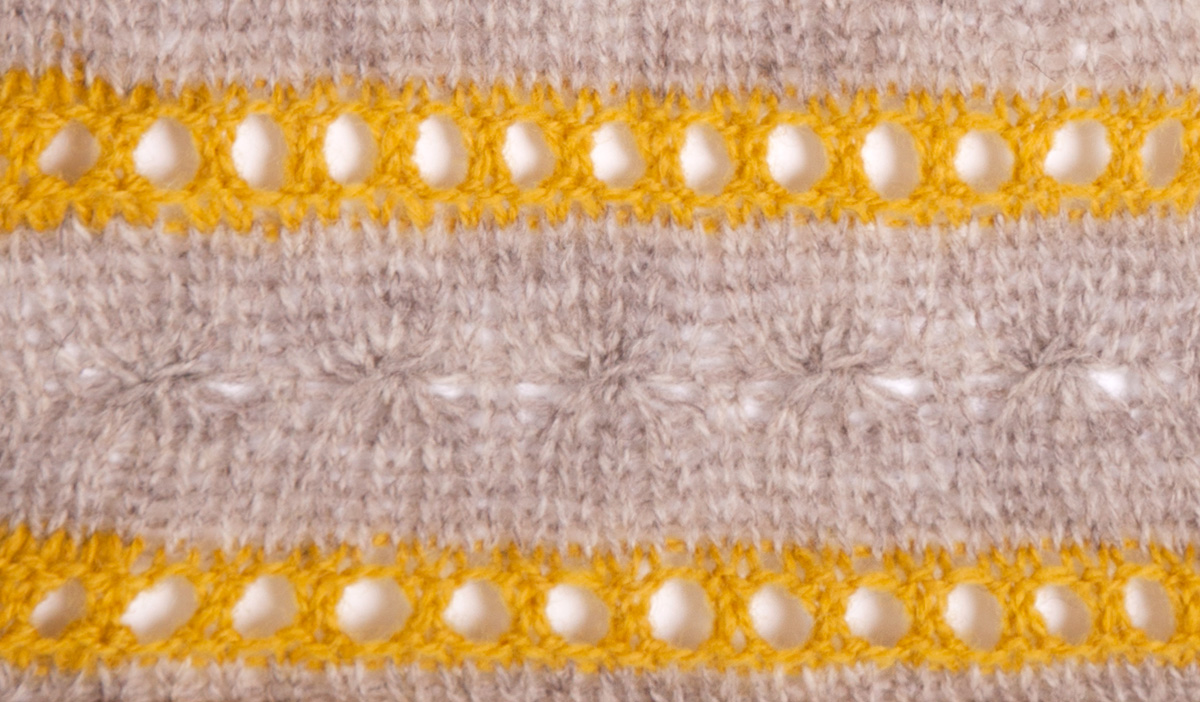 You could even use two colours to pick out and feature rows of the stitch pattern.
You could even use two colours to pick out and feature rows of the stitch pattern.
It is fastened with a button on either side of the neckline (one hidden button and one larger feature button) with the option of two different buttonholes on either side for a variety of ways to wear it, so that’s another part you can have fun choosing – the buttons AND how to button it up!
I know we tend to shy away from all-black knitting projects, they’re not always the easiest to keep track of in low-light situations and from a designer and photographer perspective, it can be hard to communicate the details that shine in the actual knit. But, it had to be black for the book shoot in order to emphasise the penguin nature of it and beyond that, think how much you would wear it!
The Aptenodytes cardigan is one of the 11 patterns in Penguin: a Knit Collection. You can find the pattern details on Ravelry and, soon, purchase the print book from your LYS (you might need to ask them to order it in, if they haven’t already contacted me to stock it).

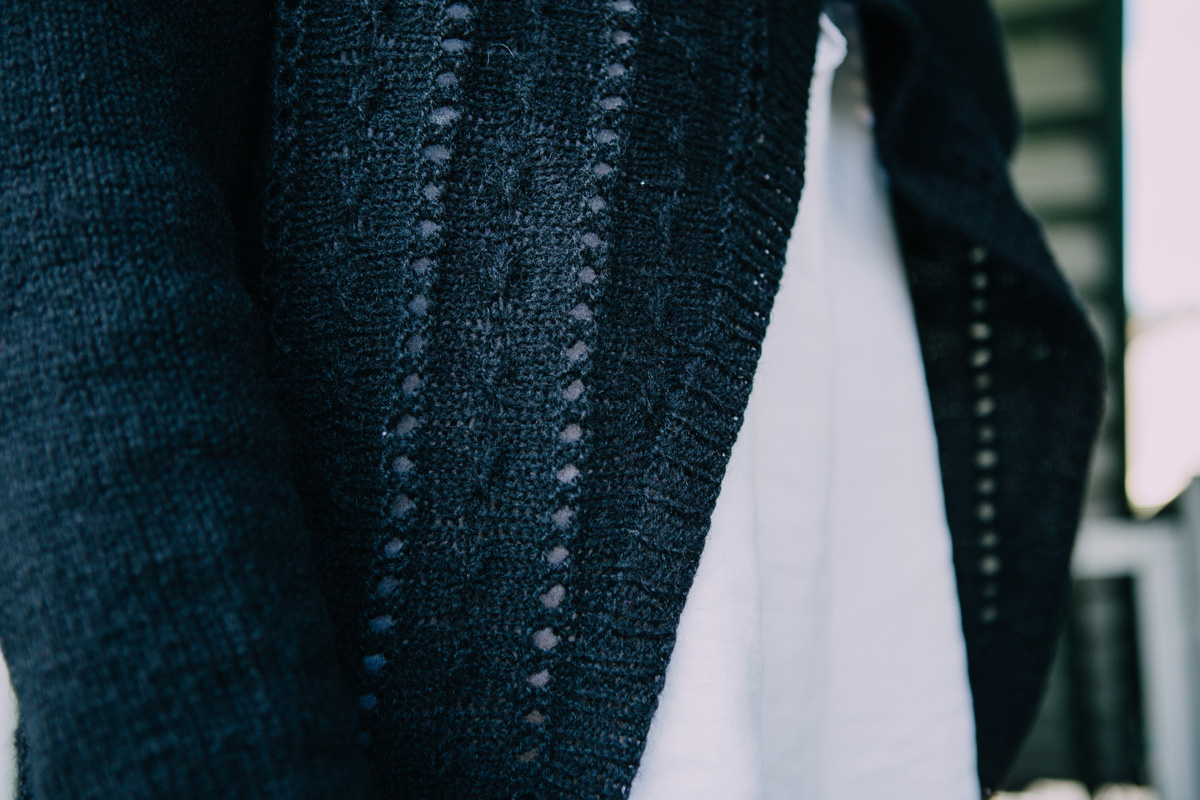



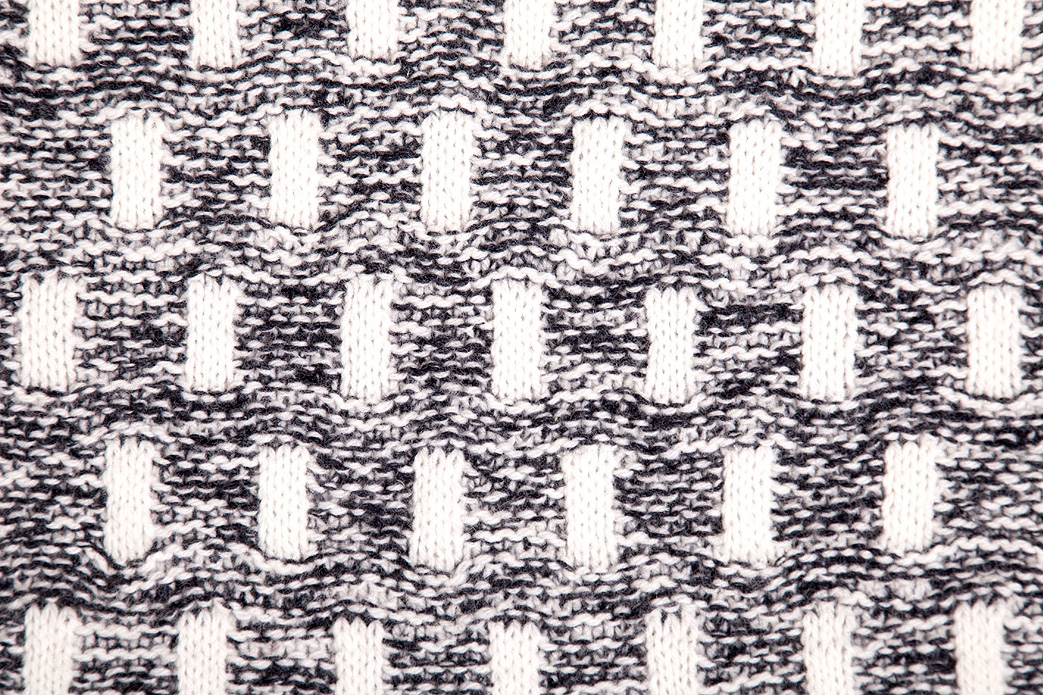
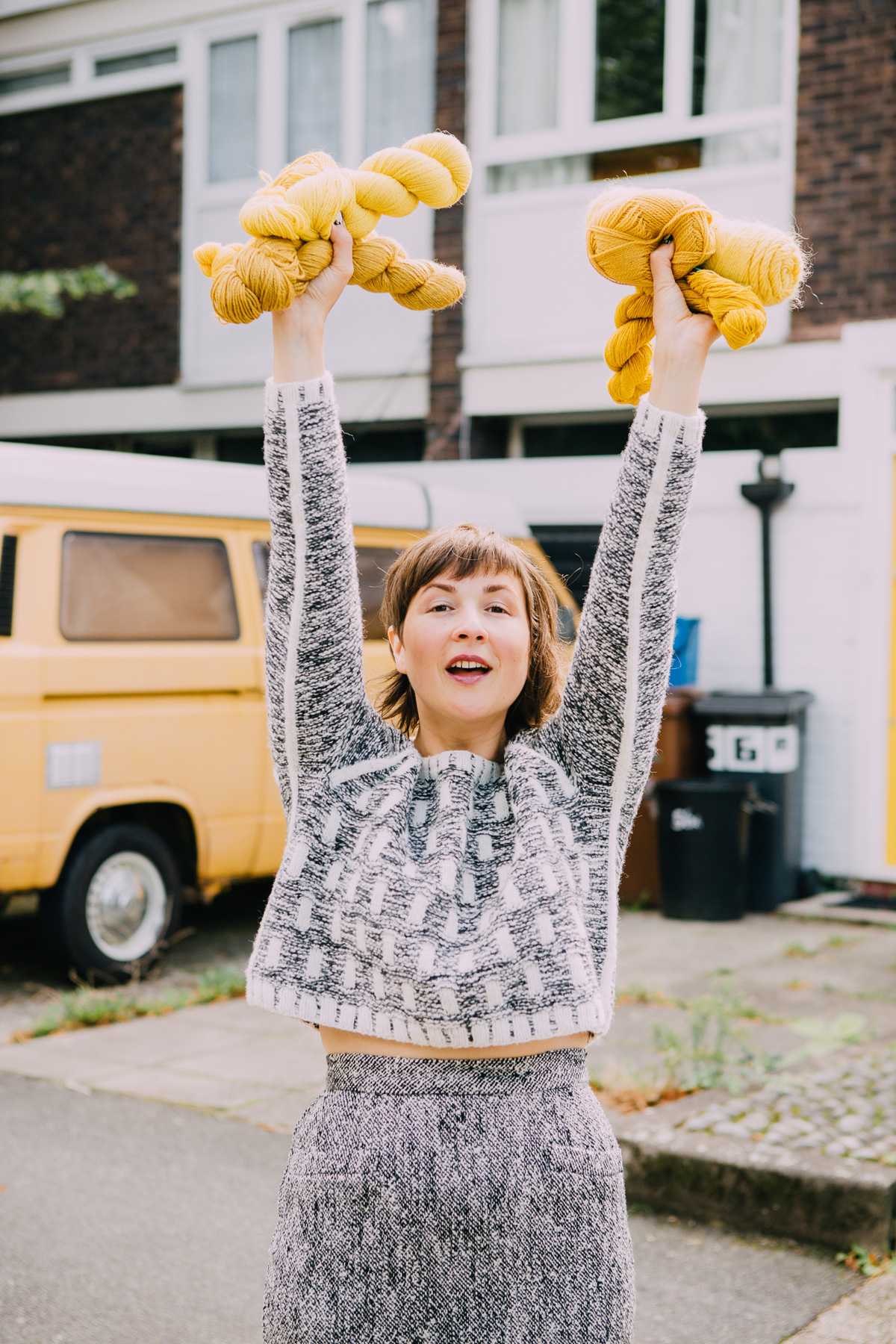
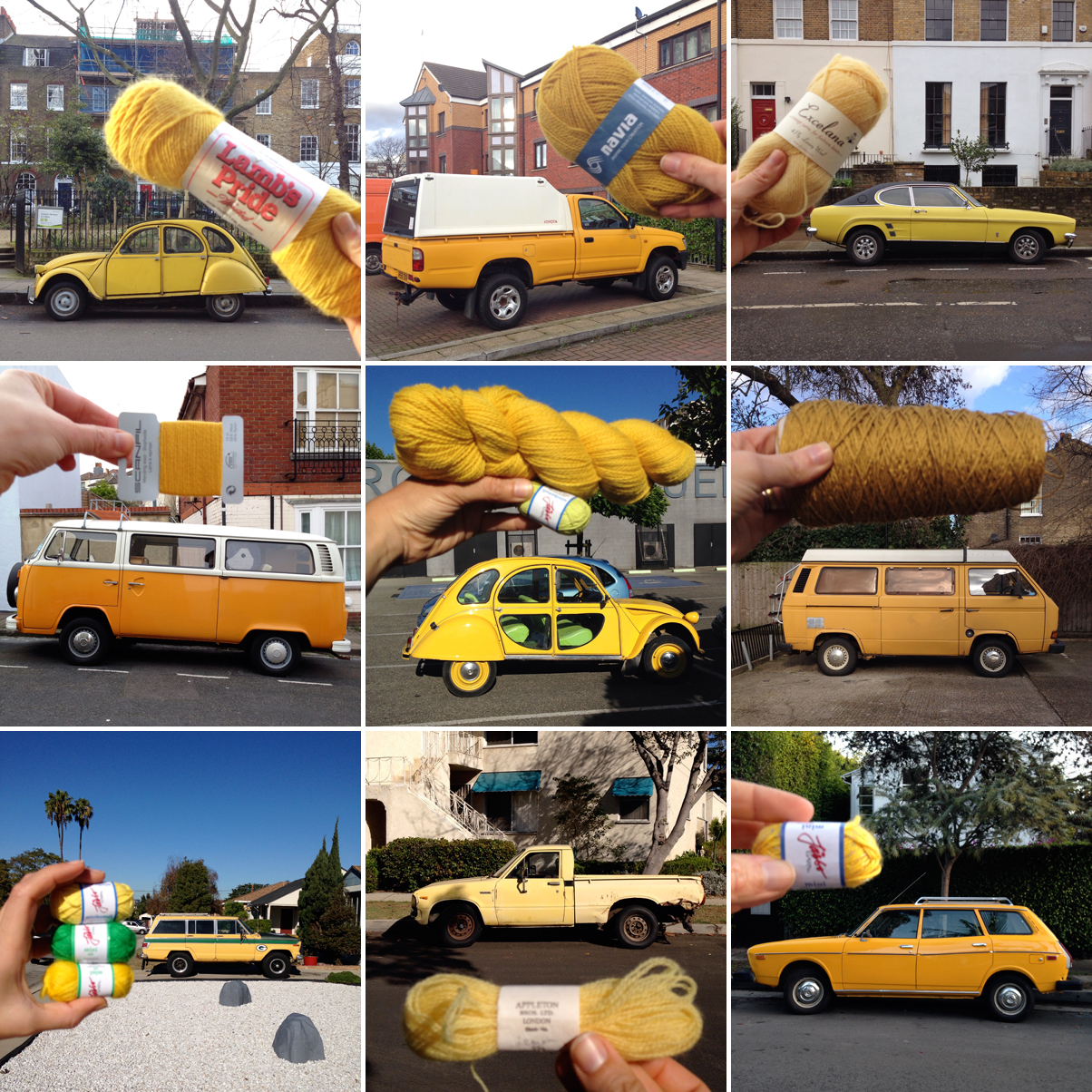
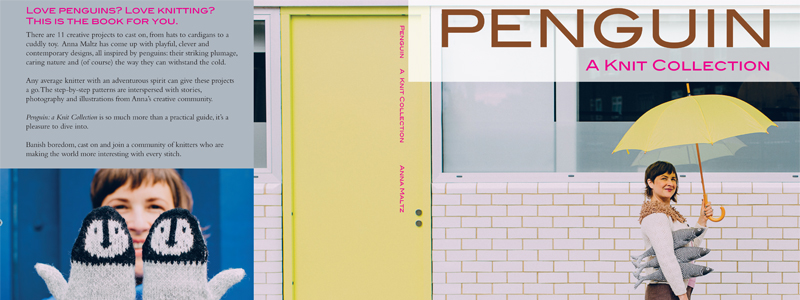

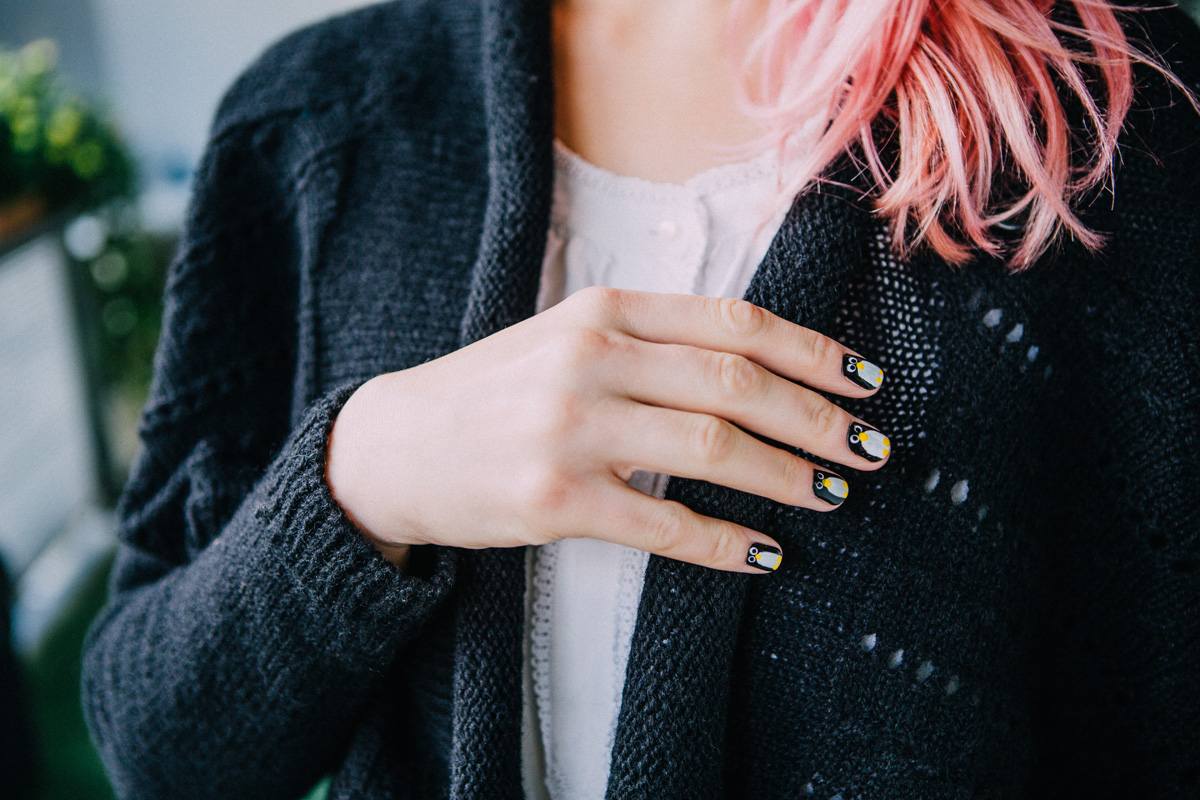
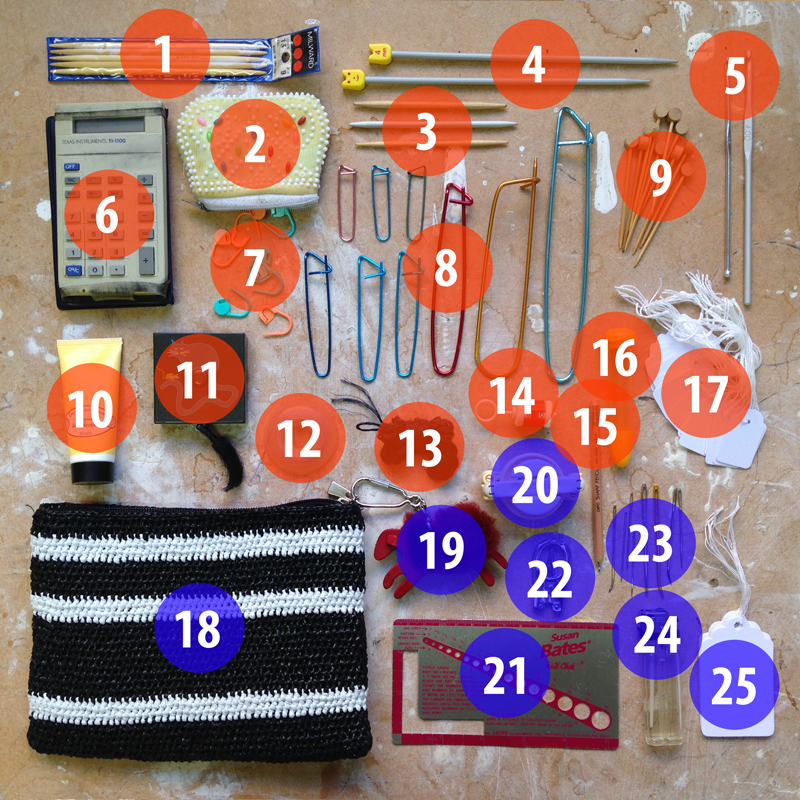
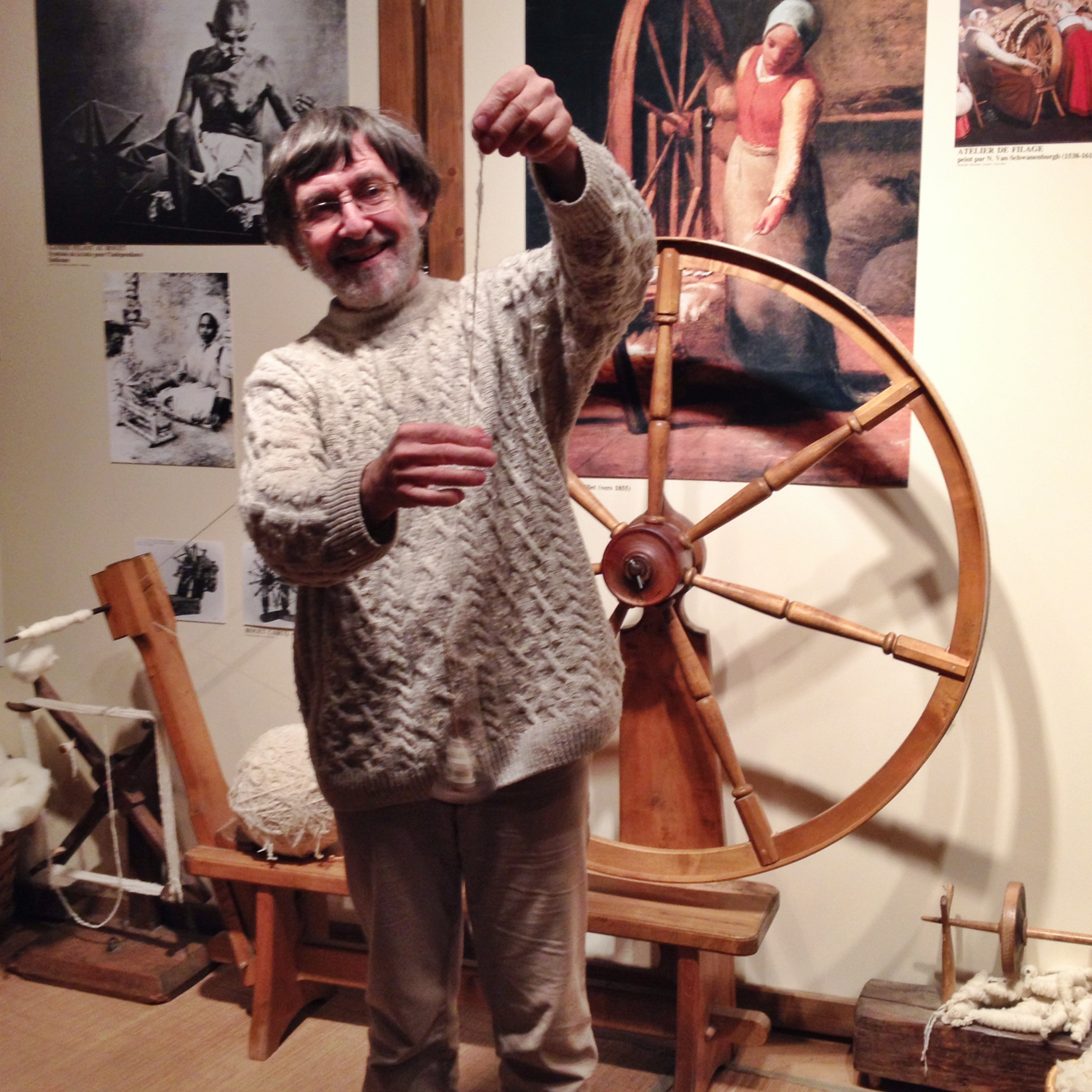

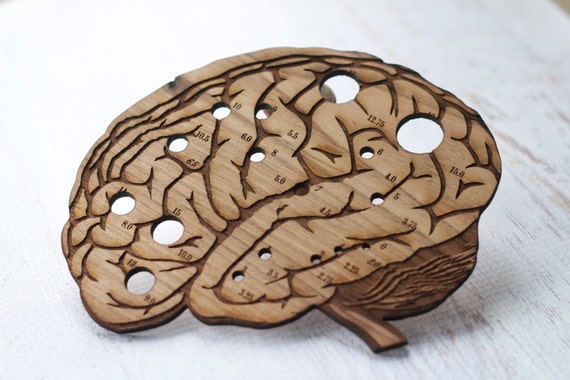

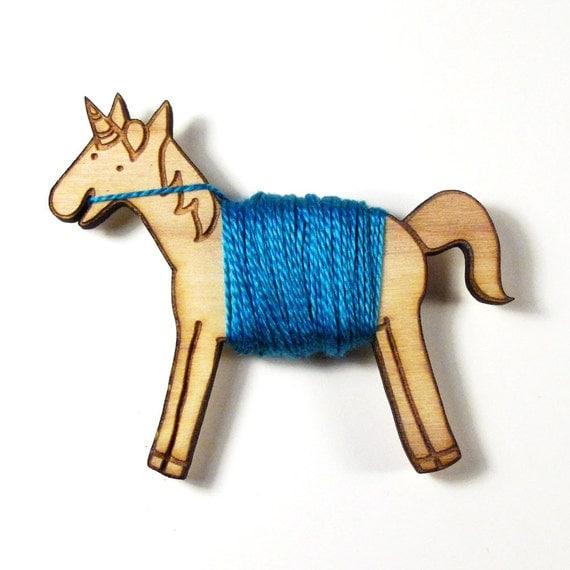


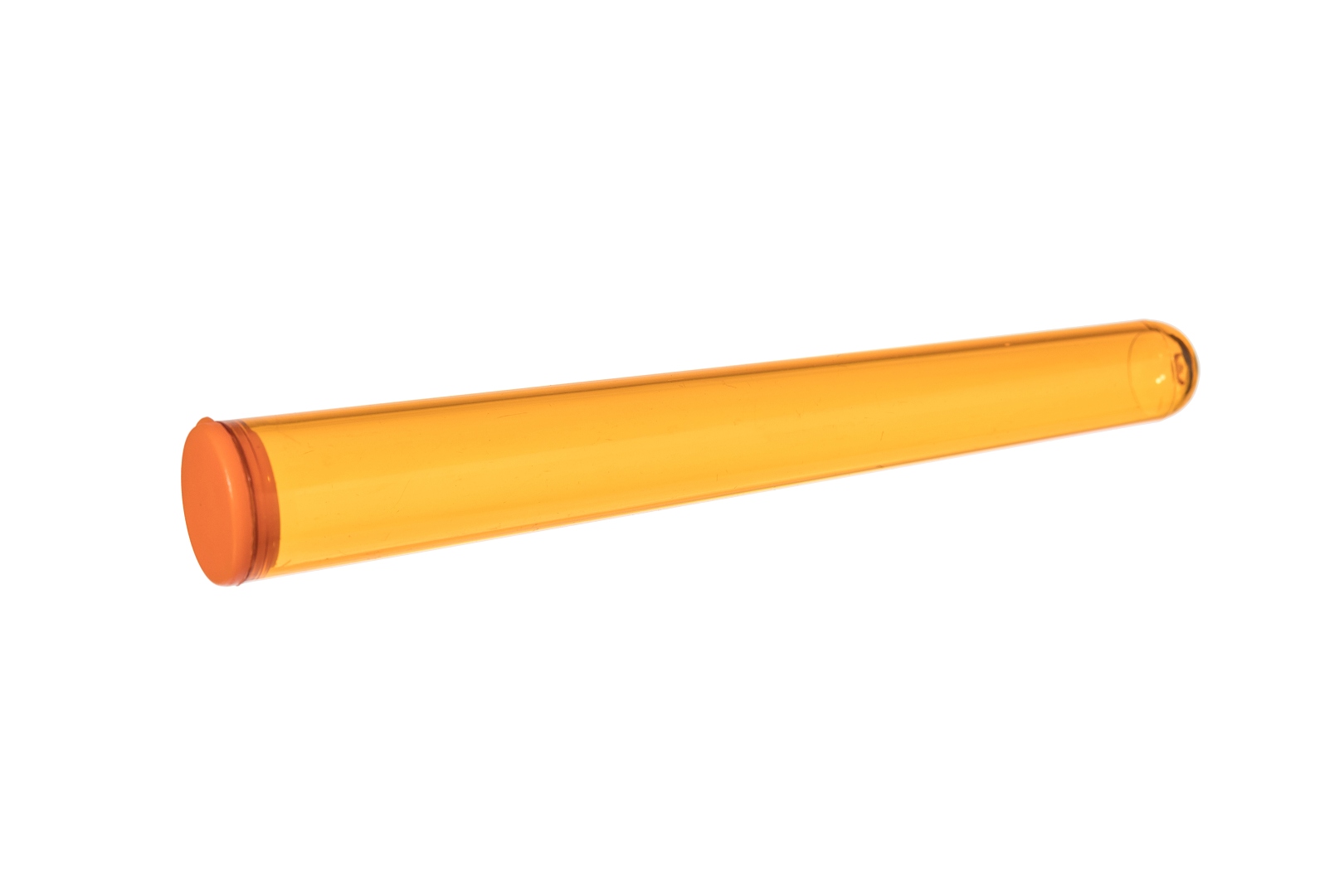



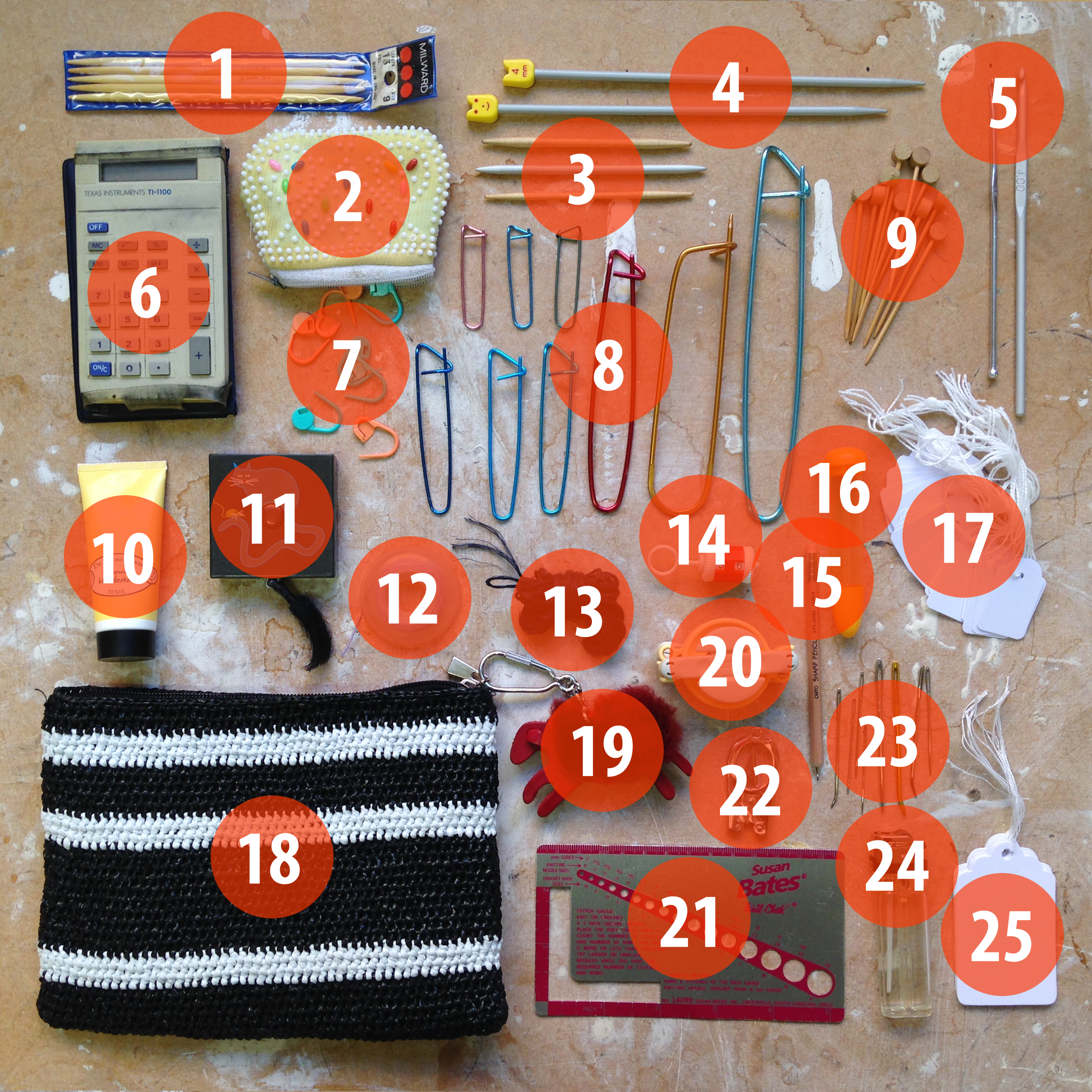

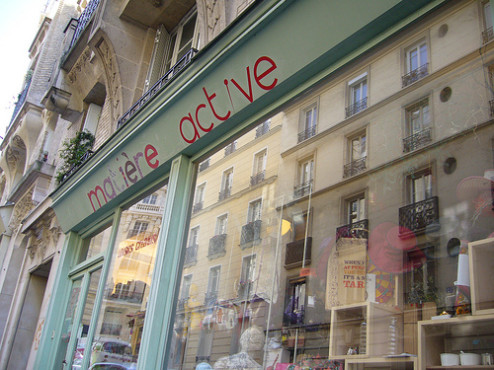
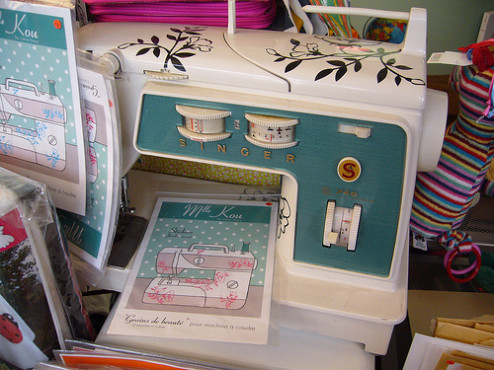
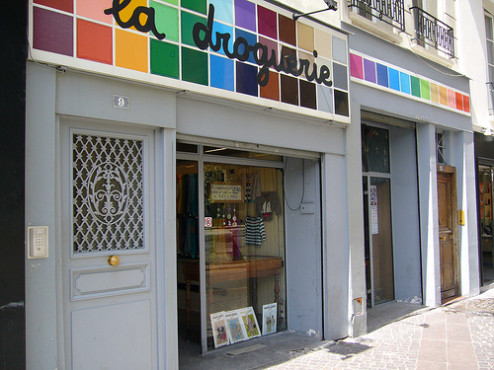 You enter through a rainbow corridor of hanks of yarn. As tempting to run your hands along as a stick along a fence. It would have been impossible to chose a colour if I was in the market for some.
You enter through a rainbow corridor of hanks of yarn. As tempting to run your hands along as a stick along a fence. It would have been impossible to chose a colour if I was in the market for some. Here, it was the linen I was most interested in, as it’s a fibre I’d like to be using more of. It has a pretty good environmental profile, especially if you can get some grown localish and certainly in comparison to cotton.
Here, it was the linen I was most interested in, as it’s a fibre I’d like to be using more of. It has a pretty good environmental profile, especially if you can get some grown localish and certainly in comparison to cotton.